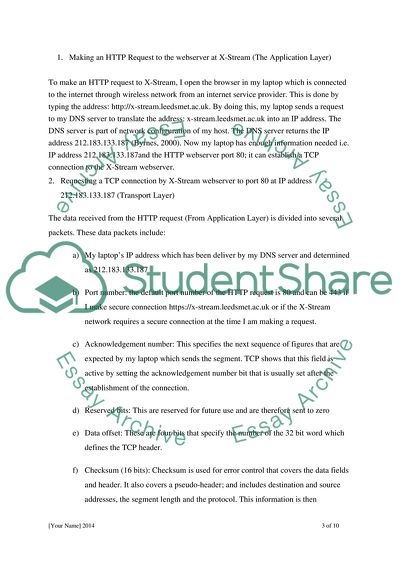Cite this document
(“Network and Protocol Processes Essay Example | Topics and Well Written Essays - 2000 words - 3”, n.d.)
Network and Protocol Processes Essay Example | Topics and Well Written Essays - 2000 words - 3. Retrieved from https://studentshare.org/information-technology/1646623-networking
Network and Protocol Processes Essay Example | Topics and Well Written Essays - 2000 words - 3. Retrieved from https://studentshare.org/information-technology/1646623-networking
(Network and Protocol Processes Essay Example | Topics and Well Written Essays - 2000 Words - 3)
Network and Protocol Processes Essay Example | Topics and Well Written Essays - 2000 Words - 3. https://studentshare.org/information-technology/1646623-networking.
Network and Protocol Processes Essay Example | Topics and Well Written Essays - 2000 Words - 3. https://studentshare.org/information-technology/1646623-networking.
“Network and Protocol Processes Essay Example | Topics and Well Written Essays - 2000 Words - 3”, n.d. https://studentshare.org/information-technology/1646623-networking.


